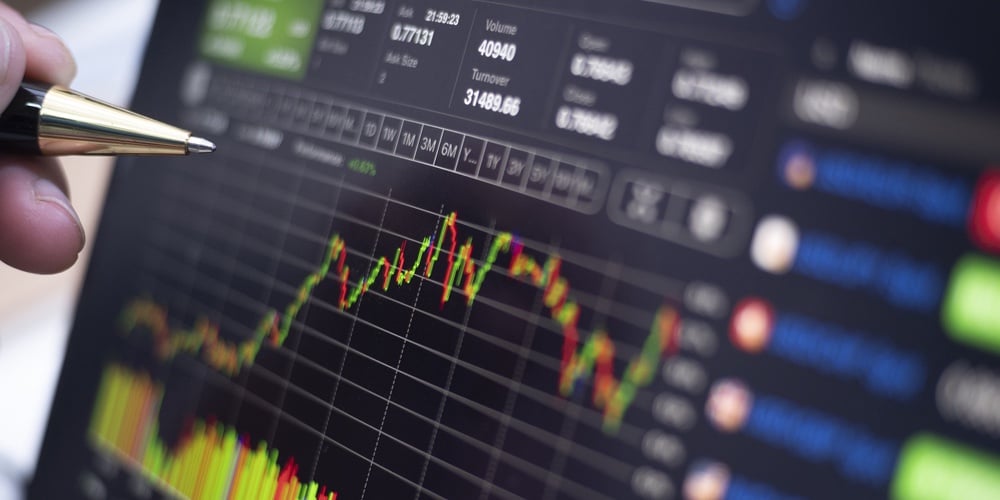Why the stock market rallied
Two possible paths forward for the economy and markets

This is usually how it works. Just when the world appears to be full of nothing but darkness and despair, the wind shifts and attitudes improve. The same often occurs in the opposite direction when conditions seem nearly perfect. Behavioral finance academics attribute this phenomenon to a distinctly human trait called recency bias. When current conditions feel extreme, they’re viewed as unprecedented and intractable even though history is replete with previous examples that were only temporary.
As of the date this commentary was written, the stock market has climbed more than 15% from its June 16 low. The rally followed a plunge that took some of the major indexes well into bear market territory earlier in the year. When the selloff began, investors were expecting rampant inflation and shortages attributable to Russia’s invasion of Ukraine. Spikes in interest rates, empty store shelves, $10 a gallon gasoline, and a stiff recession were just around the corner. Those expectations proved directionally correct, but extremes never materialized.
The post-pandemic story is still being written, but at this point, oil and other commodity prices, interest rates and inflation are either falling or rising at a slowing pace. They’re still higher than where they started the year, but they’re mostly well below levels that were previously expected. Changes in bond prices and spreads also indicate absence of extremes. Financial markets love all of this, so off to the races they go.
continue reading »
